Please subscribe to my youtube channel!
1. Perennial Edge https://youtu.be/qRsQt_U0Ujo
The edges of my annual beds in the garden are not so productive as they are drier because of overhanging branches of the hazel,/birch/aspen woodland adjacent to it. I therefore allow perennial vegetables to colonise these areas as they are much less impacted by summer drought conditions, growing most actively in the spring time. In this video I show garlic (hvitløk) being grown as a perennial together with Hablitzia tamnoides (trained up into the trees), stinging nettle (Urtica dioica), hogweed (bjørnekjeks), dandelion (løvetann) and ground elder (skvallerkål). This area at the same time supports a large biodiversity of, in particular, insects.
2. Hydrophyllum in the World Garden https://youtu.be/gLC7XLYTG5A
The genus Hydrophyllum or the waterleaves consists of seven or eight species restricted to North America, half of which are restricted to the east and half at higher elevations in the west. I have best experience with Hydrophyllum virginianum (Eastern waterleaf) and Hydrophyllum tenuipes (Pacific waterlef) and both are growing well as you can see in the World Garden (Verdenshagen). We see both in the video at harvest time and introducing a beginning battle for dominance with fellow Appalachian rhizomatous Rudbeckia laciniata (Cherokee greens or sochan). The young and the tips of stems are best in salads; having a mild sweetest taste, the older leaves usually being cooked (boiled or steamed). I usually use them mixed with other seasonal greens in salads and vegetarian dishes. Indian salad or Shawnee (no, not Pawnee which I say in the video) salad and west coast H. tenuipes is known as squaw lettuce. The name John’s cabbage is also used in the east, vouching for the fact that white settlers also learned to use this spring vegetable. In 1818, William Barton wrote that, ‘The Indian Salad and Shawnee Salad of Kentucky and Ohio are praised by the white settlers’, and, ‘The young shoots are praised by all who eat them’. Please read more in my book Around the World in 80 plants!
3. The Oldest Habby Bed https://youtu.be/_ErX8IcTq04
My oldest Hablitzia tamnoides (Habby) is now 23 years old and rapidly approaching 1/4 of a century and just as vigorous as ever. In this short video I introduce some of its offspring which love the shady sheltered conditions in this plant of the garden. I reckon that blanched Habby shoots would be a winner in gourmet restaurants, a bit like Jet de Houblons (blanched Belgian hop shoots). Also starring probably Smyrnium olusatrum (Alexanders / sorte løpstikke), Allium paradoxum var paradoxum (few-flowered leek) and Viola odorata (sweet violet / marsfiol)
4. Prunus tomentosa at Være https://youtu.be/fbJmv-d9Gug
One of the more unusual berry / fruit bushes in the collection at the Væres Venners Conmunity Garden in Trondheim is the very hardy Nanking cherry / kinesisk kirsebær (Prunus tomentosa), a native to northern and western China (including Tibet), Korea and Mongolia. As the video shows, it is already in full flower and is therefore valuable for both wild bees and bumble bees in early spring, but it was a bit too windy when this video was made on 24th April 2025. We see two varieties purchased from Steen and Wormsen, a nursery in northern Norway who imported from a great plant nusery in Finland: Blomqvist’s Planteskola. The variety with snow white flowers is Snøhvit Lumikki. It looks promising for a good crop!
5. The Moss Leaved Dandelion https://youtu.be/m1Y6iKBRuFw
The moss leaved dandelion is depicted in Vilmorin’s amazing book The Vegetable Garden from 1920 (I would encourage anyone to access this book which shows the amazing vegetable diversity we had 100 years ago). After much searching I was sent seed and a root by Guy Dirix in Belgium who may have been the last person growing this variety, although it turns out that this is actually the species Taraxacum tortilobum, a relatively common species in Western Europe (https://www.gbif.org/species/5394131). Here’s a short video of it in the World Garden in Væres Venners Community Garden in Trondheim, Norway.
6. An edible self-sustaining perennial community https://youtu.be/ksfo6FoZOyc
A shady bed in the garden which has had various uses over the years starting as a little garden where my daughter Hazel grew her strawberries to an area where I grew various seed propagated trees and bushes before planting them out elsewhere in the garden (the lilac is from that time). Although I planted various shade loving perennial edibles in this bed originally, others have moved in from neighbouring beds to form this complex edible perennial community which has become more productive with time. I do little more than harvest, observe and weed out tree seedlings.
Polygonatum spp. (purple-leaved solomon’s seal / konvall, perhaps P. biflorum)
Hydrophyllum virginianum (Easter waterleaf / vassblad)
Campanula latifolia (Giant bellflower / storklokke)
Campanula trachelium (nettle-leaved bellflower / nesleklokke)
Heracleum sp. (hogweed / bjørnekjeks)
Hablitzia tamnoides (Caucasian spinach / stjernemelde)
Allium schoenoprasum (chives / gressløk)
Parasenecio maximowiczianum
Parasenecio hastatus
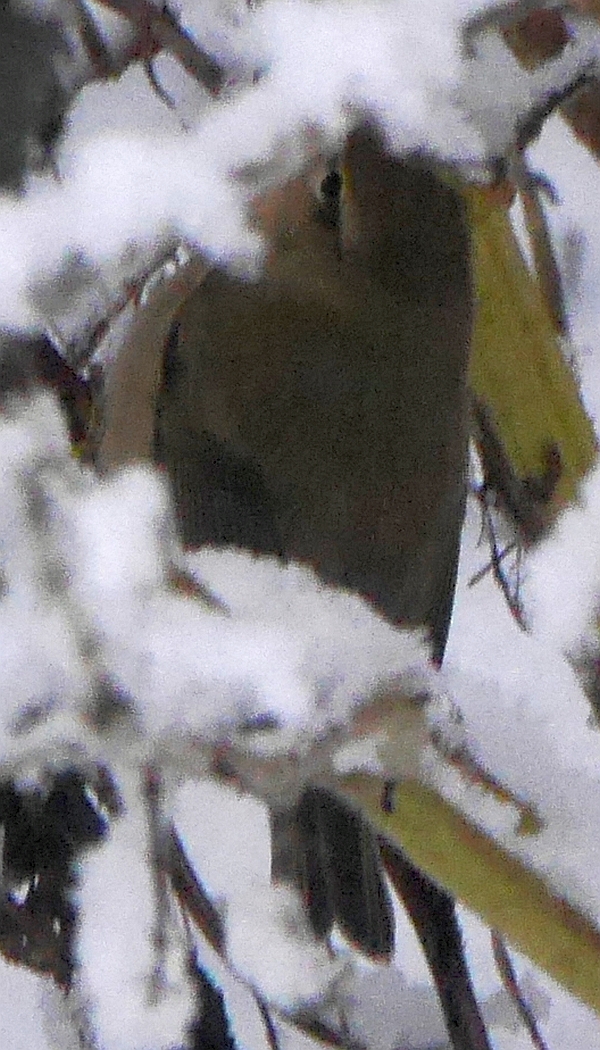
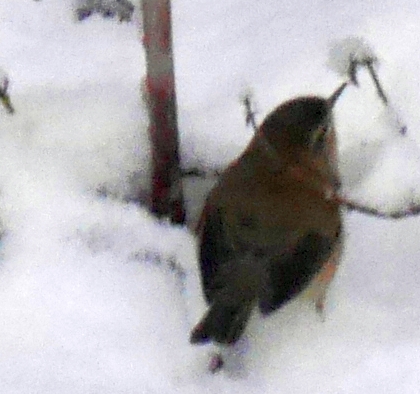
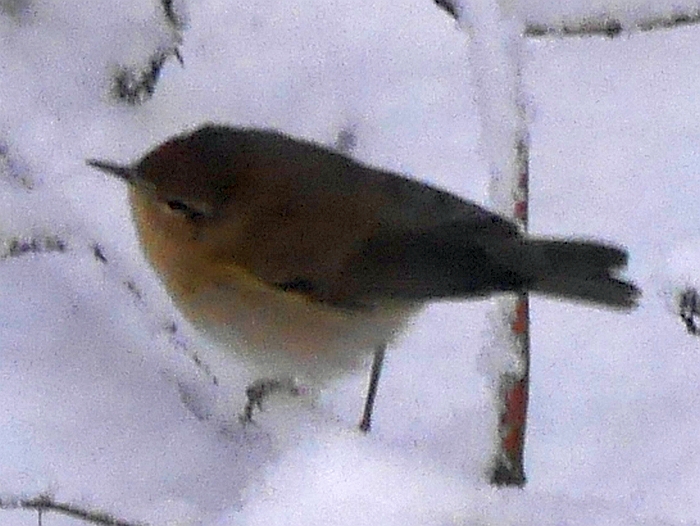

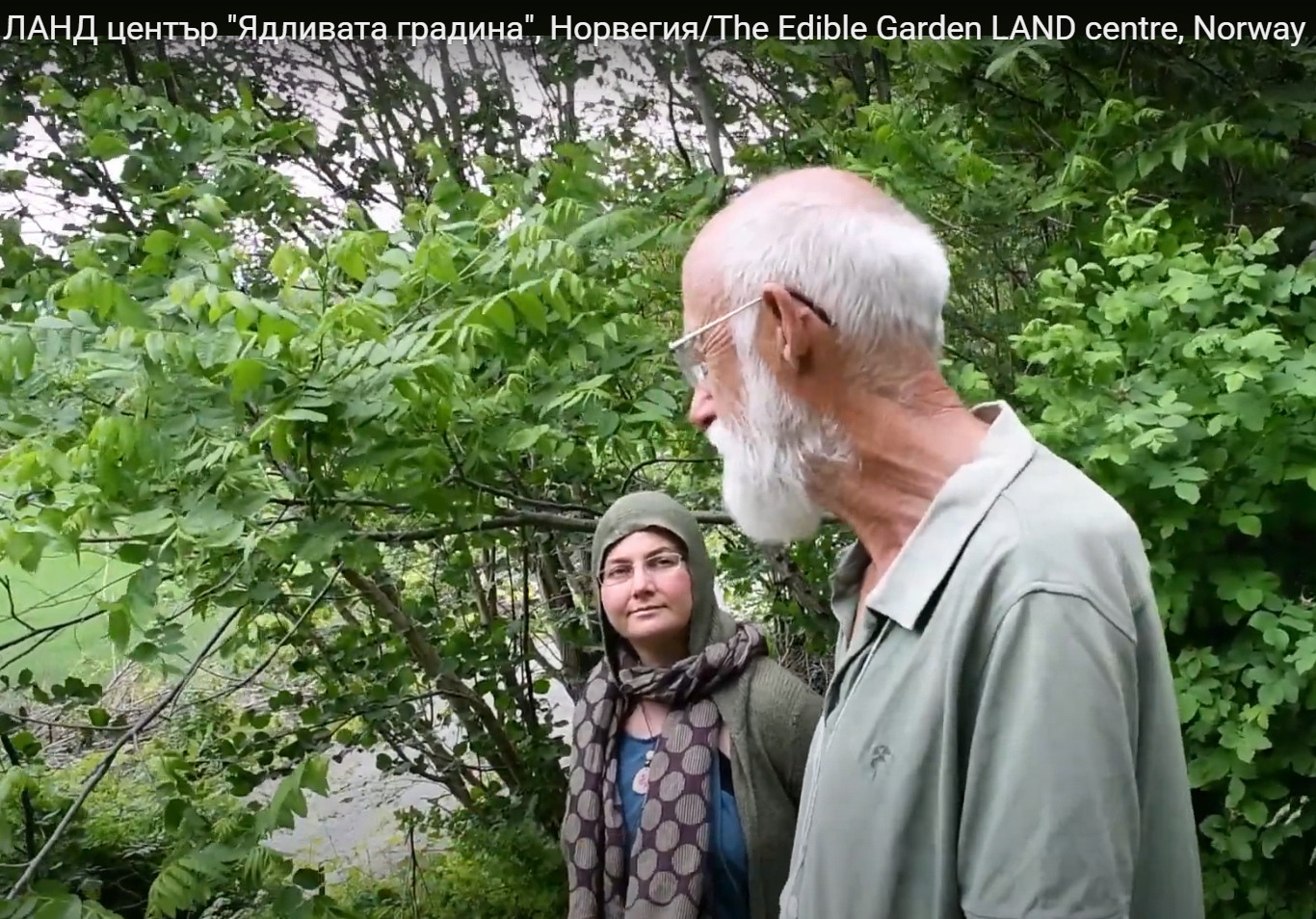









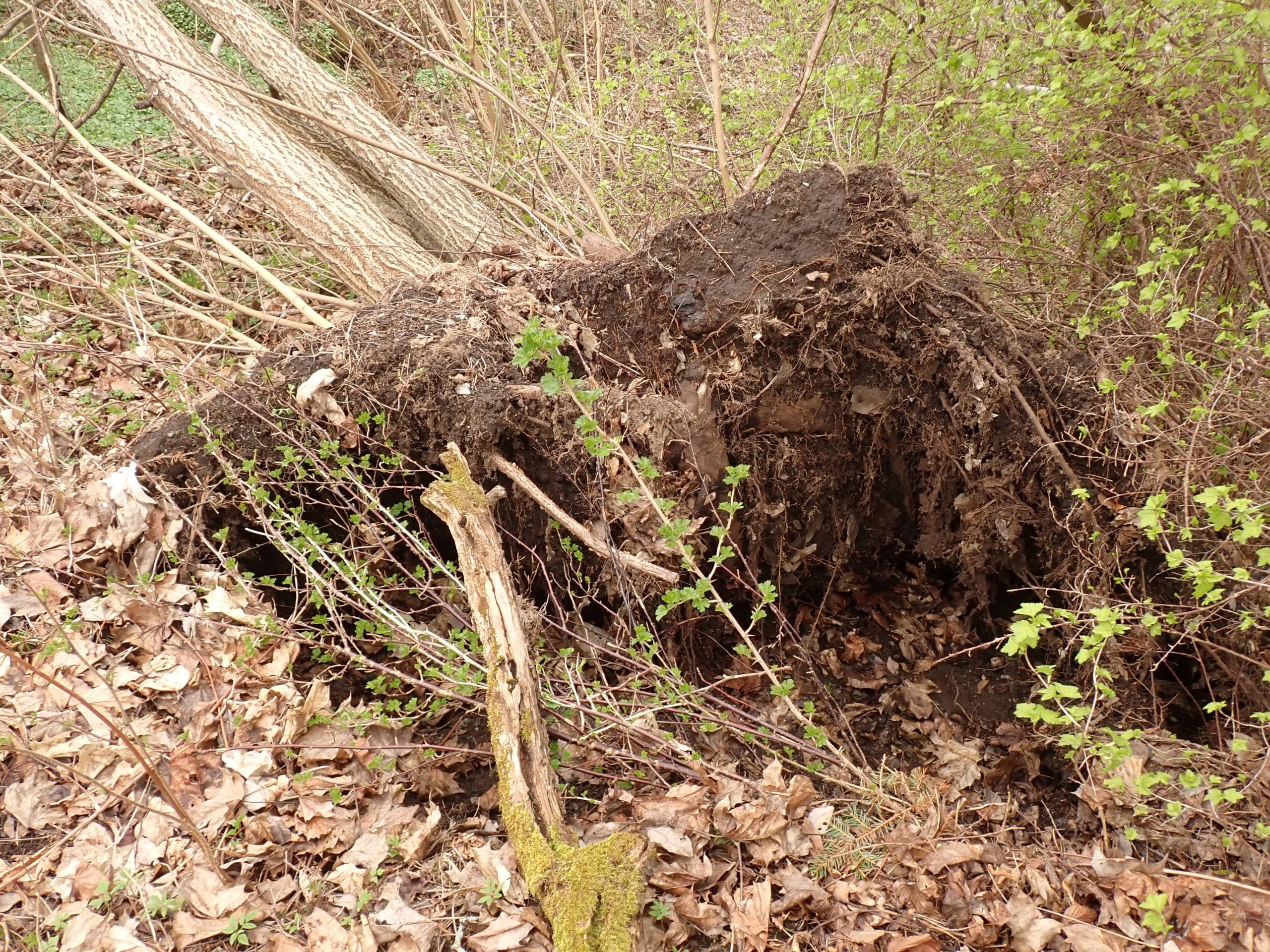

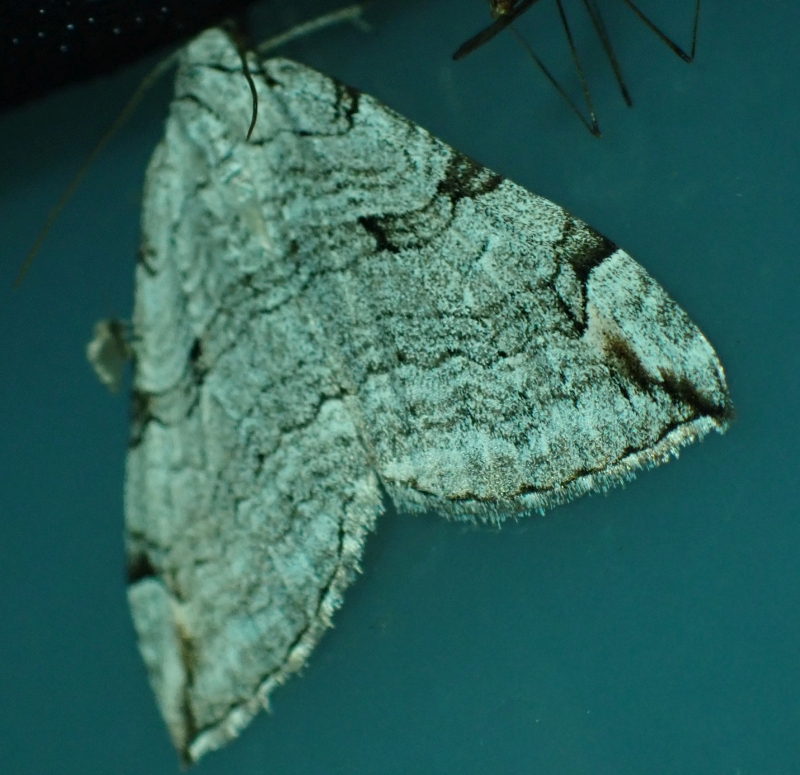

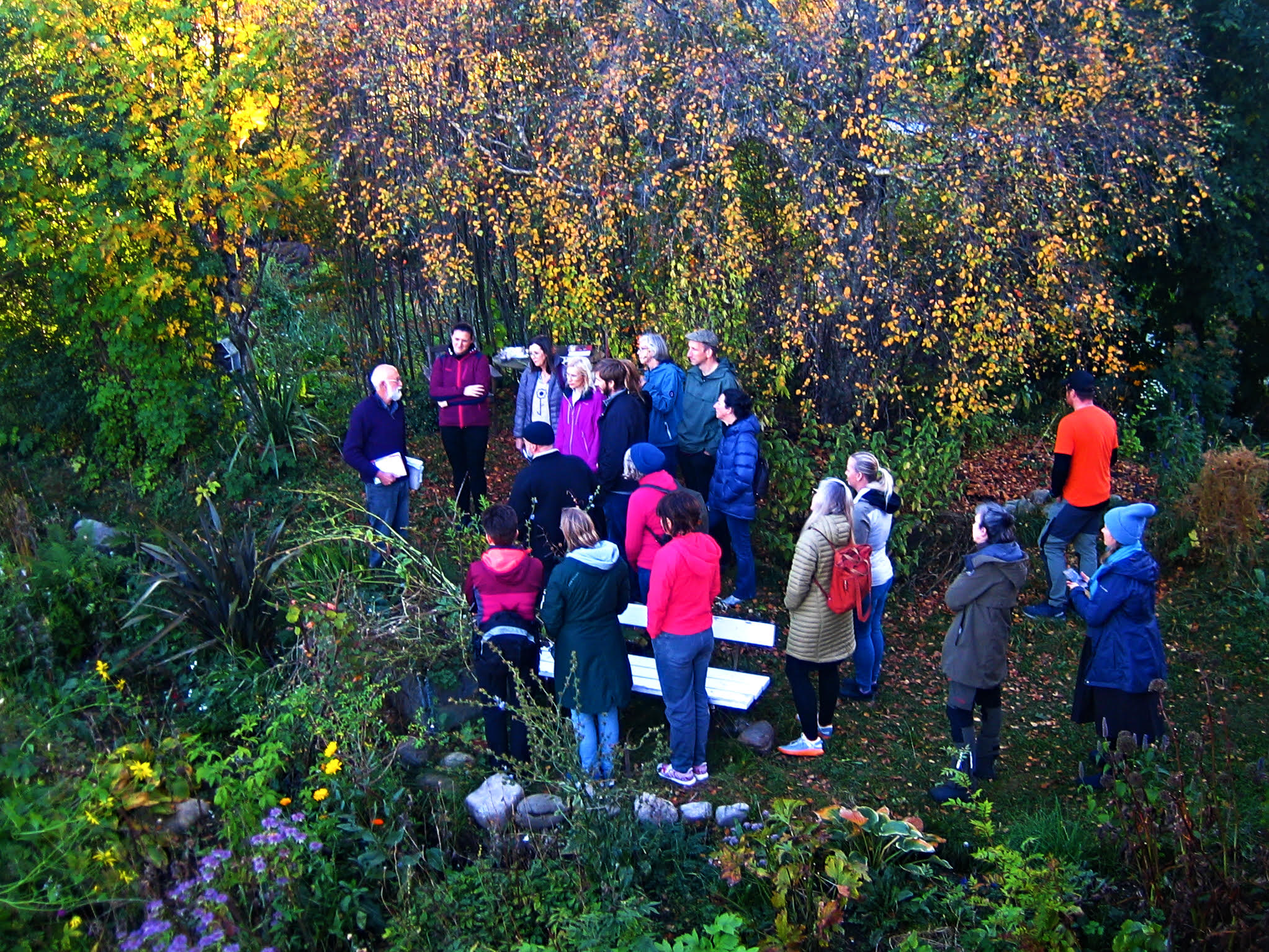
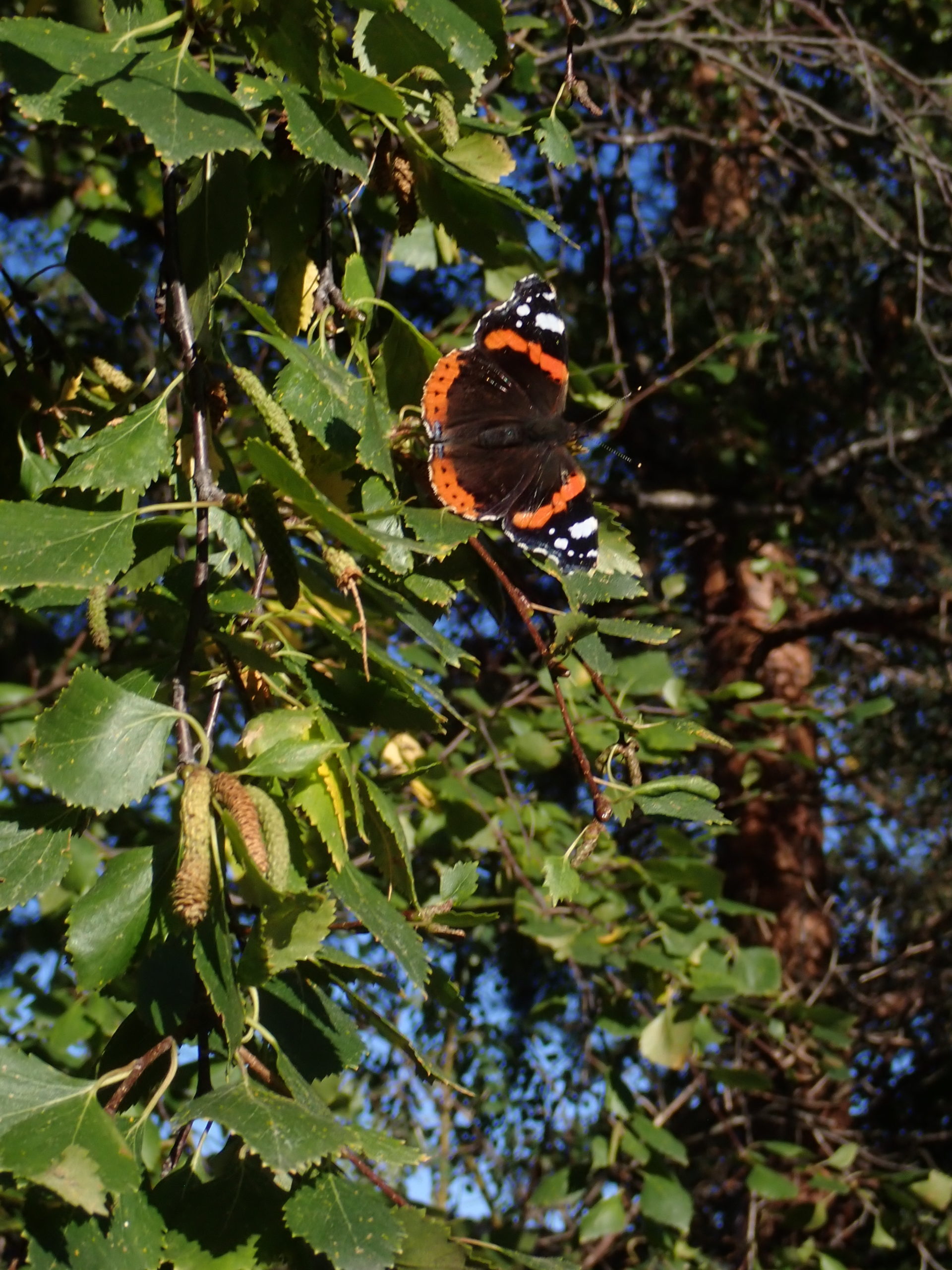
 Plant sale, perennial vegetables including many Alliums!
Plant sale, perennial vegetables including many Alliums!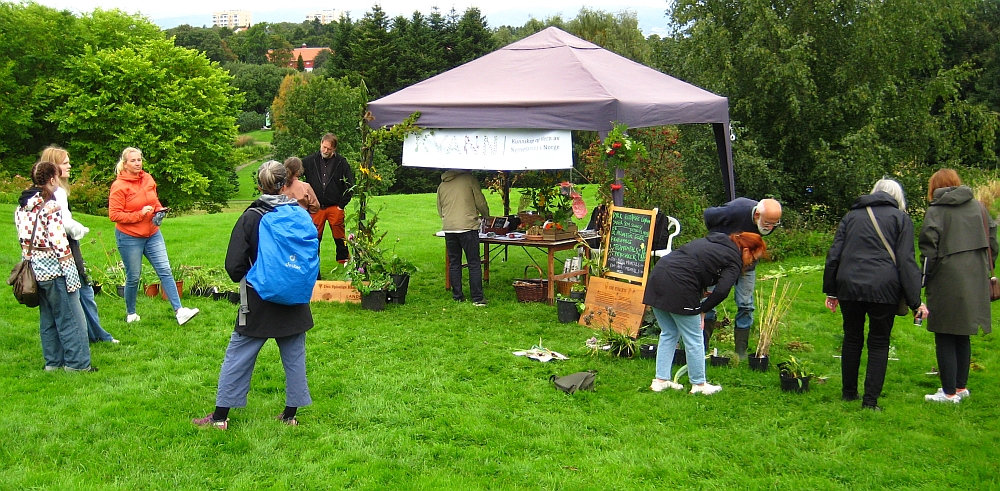
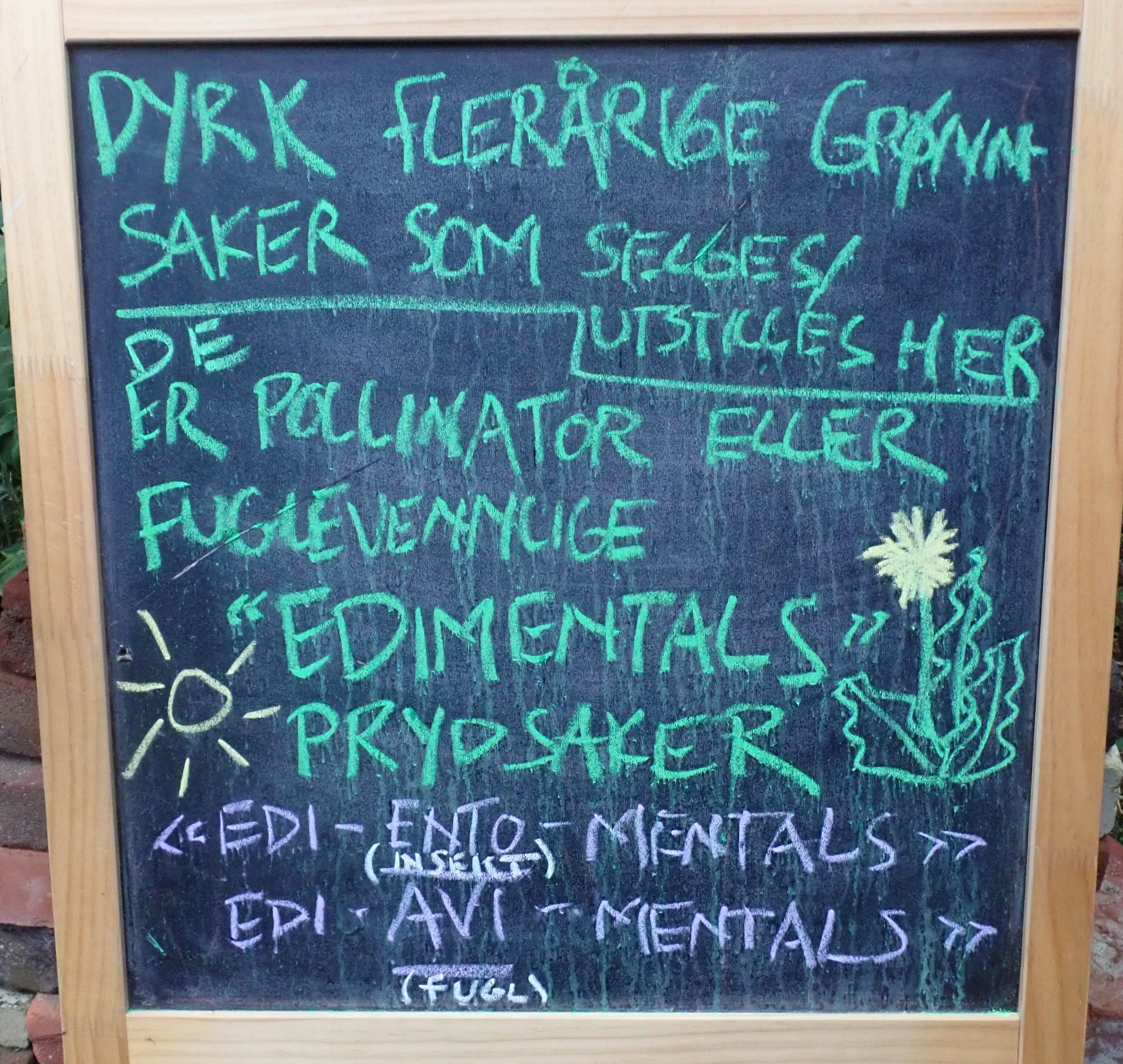
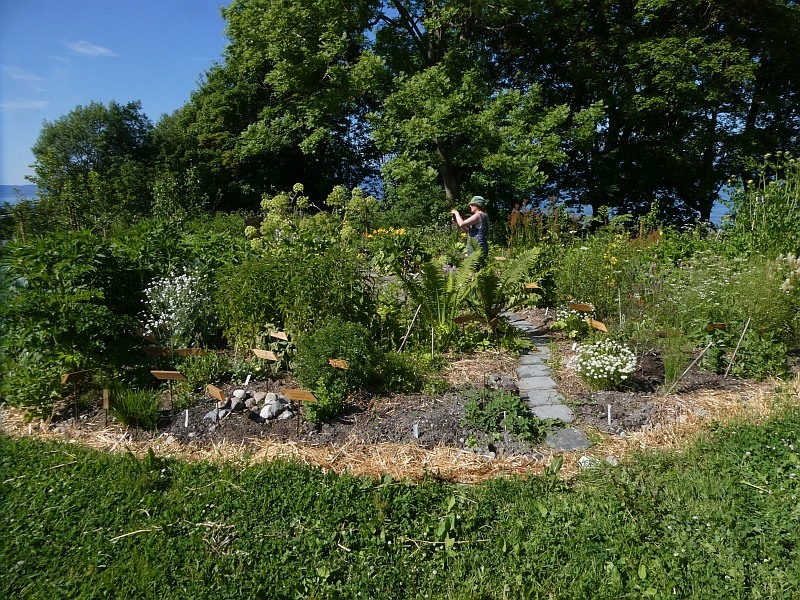




 At the same time there are less than normal numbers of its cousin silver y (gammafly) and large yellow underwing (hagebåndfly) both of which frequent the Buddleja, sometimes in large numbers! Scarce silver Y is largely a night flyer as is large yellow underwing whereas silver Y flies both night and day!
At the same time there are less than normal numbers of its cousin silver y (gammafly) and large yellow underwing (hagebåndfly) both of which frequent the Buddleja, sometimes in large numbers! Scarce silver Y is largely a night flyer as is large yellow underwing whereas silver Y flies both night and day!





